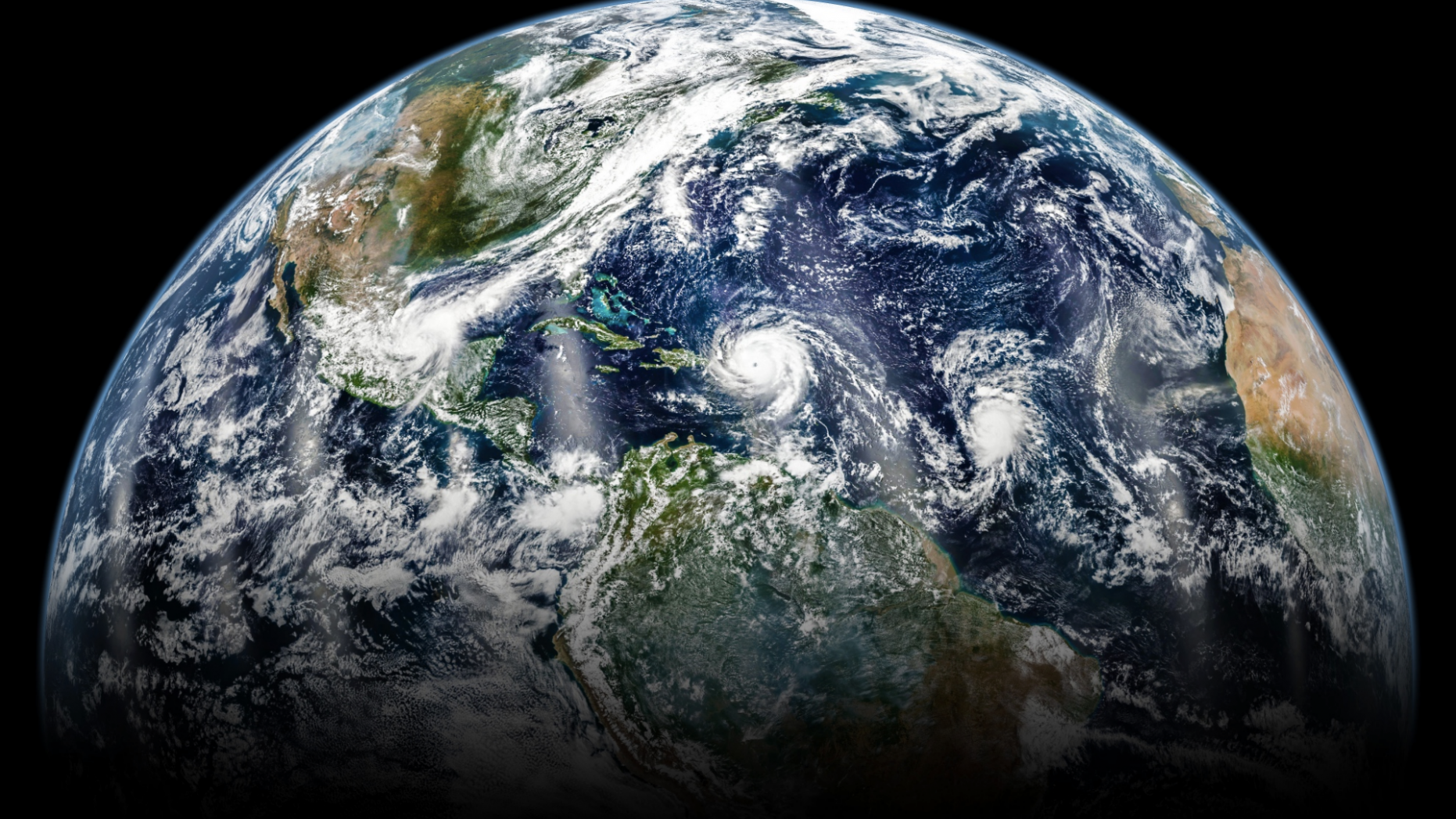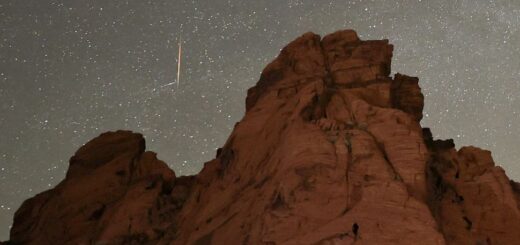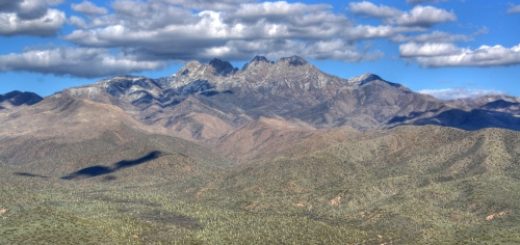The hunt for alien life starts in Earth’s most extreme places

Microbiologist Jill Mikucki went to Antarctica last year on a special mission: She was looking for signs of what life on other planets and moons might look like. Her work is part of an effort to understand the origins of life—not just in our world, but in the solar system—by examining the organisms that thrive in Earth’s most extreme environments.
In a salty, ferrous glacial waterfall known as Blood Falls, her team previously discovered a new strain of bacteria adapted to survive in brutally cold temperatures. The landscape looks almost Martian.
By studying the chemistry, physical properties and biology of Antarctica’s icy ecosystems, scientists are hoping they’ll not only discover what makes life at extremes tick, but also determine where to look—and what to look for—when they send satellites and robots to explore other potentially habitable planets and moons. Antarctica’s ice-covered coastal regions and frozen lakes, for instance, mimic the geology that planetary scientists expect to encounter in the moons of Jupiter and Saturn, which have ice-shelled salty oceans.



 Creators of mankind
Creators of mankind Description of “Tall white aliens”
Description of “Tall white aliens” Where they came from?
Where they came from? About hostile civilizations
About hostile civilizations The war for the Earth
The war for the Earth “Tall white aliens” about eternal life
“Tall white aliens” about eternal life Video: “Nordic aliens”
Video: “Nordic aliens” Aliens
Aliens Alien encounters
Alien encounters The aliens base
The aliens base UFO
UFO Technology UFO
Technology UFO Underground civilization
Underground civilization Ancient alien artifacts
Ancient alien artifacts Military and UFO
Military and UFO Mysteries and hypotheses
Mysteries and hypotheses Scientific facts
Scientific facts


















